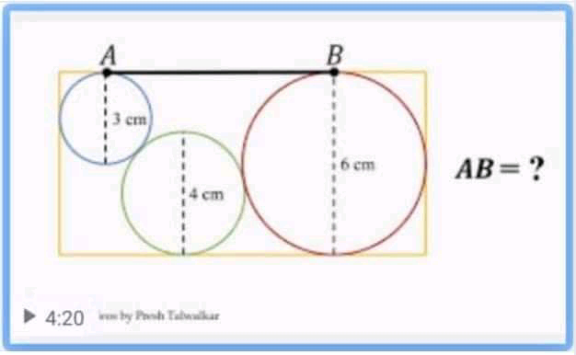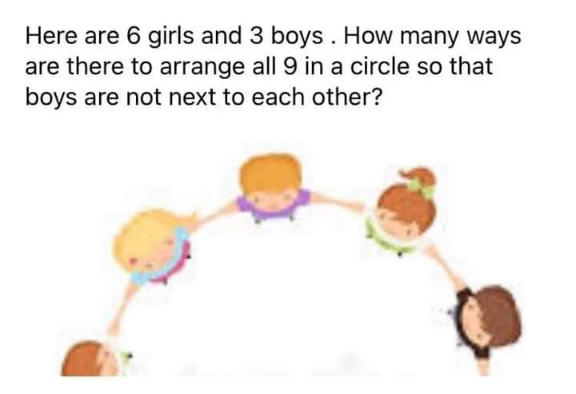
Permutation and CombinationQuestion and Answers: Page 5
Question Number 171845 Answers: 0 Comments: 0
Question Number 171761 Answers: 0 Comments: 0
Question Number 171223 Answers: 0 Comments: 0
Question Number 171012 Answers: 1 Comments: 1
Question Number 171011 Answers: 2 Comments: 0
Question Number 170794 Answers: 2 Comments: 0
Question Number 169159 Answers: 1 Comments: 1
Question Number 168291 Answers: 2 Comments: 0
$$\int{t}^{\mathrm{7}} \mathrm{sin}\left({t}^{\mathrm{7}} \right){dt} \\ $$
Question Number 167979 Answers: 1 Comments: 0
Question Number 167765 Answers: 0 Comments: 0
$$ \\ $$show that two permutations are conjugate if their matrices are similar
Question Number 166787 Answers: 0 Comments: 3
Question Number 166770 Answers: 4 Comments: 6
Question Number 166569 Answers: 0 Comments: 0

Question Number 165385 Answers: 1 Comments: 1
Question Number 165376 Answers: 1 Comments: 0
Question Number 165361 Answers: 1 Comments: 2
Question Number 164996 Answers: 1 Comments: 0

Question Number 164588 Answers: 0 Comments: 0
Question Number 164544 Answers: 2 Comments: 0
Question Number 163443 Answers: 0 Comments: 7
Question Number 163313 Answers: 1 Comments: 0
Question Number 163283 Answers: 1 Comments: 1
Question Number 163263 Answers: 1 Comments: 0

Question Number 160980 Answers: 2 Comments: 0
Question Number 160829 Answers: 0 Comments: 1

Question Number 160665 Answers: 0 Comments: 2
